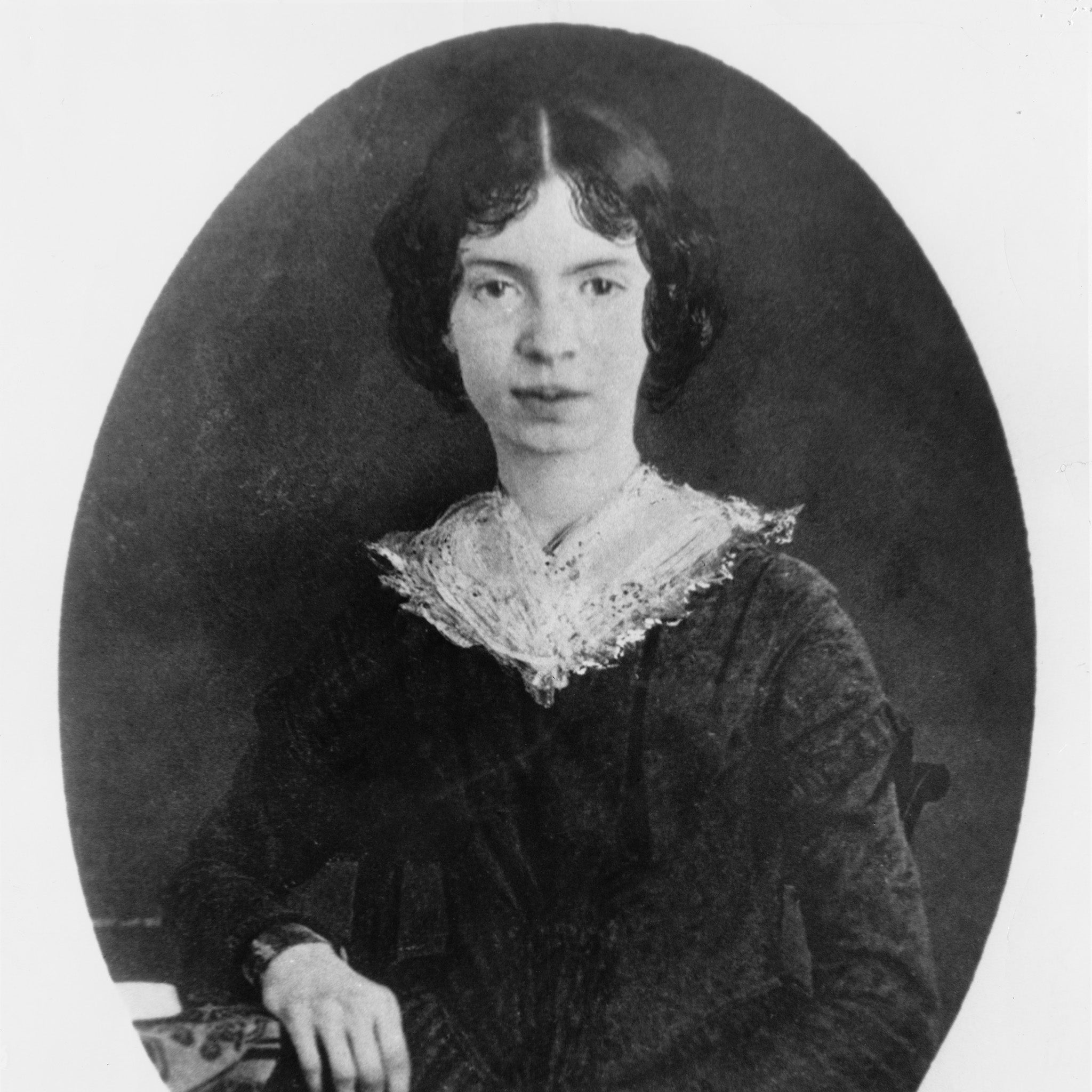The Lovers of Amherst by William Nicholson, book review: Parallel passion and poetry in New England, then and now
His greatest achievement here is to compel us to approach Emily Dickinson’s poetry with fresh eyes

Your support helps us to tell the story
From reproductive rights to climate change to Big Tech, The Independent is on the ground when the story is developing. Whether it's investigating the financials of Elon Musk's pro-Trump PAC or producing our latest documentary, 'The A Word', which shines a light on the American women fighting for reproductive rights, we know how important it is to parse out the facts from the messaging.
At such a critical moment in US history, we need reporters on the ground. Your donation allows us to keep sending journalists to speak to both sides of the story.
The Independent is trusted by Americans across the entire political spectrum. And unlike many other quality news outlets, we choose not to lock Americans out of our reporting and analysis with paywalls. We believe quality journalism should be available to everyone, paid for by those who can afford it.
Your support makes all the difference.Emily Dickinson (1830-1886) published a dozen or so poems in her lifetime, but even before Mabel Todd edited the posthumous slim collection of her poems in 1890 she was known locally as “The Myth”.
The afterlife of the secretive recluse still ripples across academic circles and the popular imagination, but it is surprising nonetheless to learn that it was only as recently as 1984 that details about the illicit love affair between Emily Dickinson’s brother and their Amherst neighbour was first brought to public attention in Polly Longsworth’s sympathetic study, Austin and Mabel. More recently, Lyndall Gordon’s 2010 revisionist biography, Lives Like Loaded Guns, explored the facts in exhaustive detail.
But fiction has a truthful purpose, too. William Nicholson’s scrupulously researched story throws fresh light on the extraordinary love affair between Austin Dickinson, 55, and 24-year-old Mabel Todd. We cannot know for sure what they shared in the privacy of Emily Dickinson’s dining room, where they often met, or what she saw and heard, or the effect on her poetry. By interspersing his narrative with snippets of extant correspondence, diary entries, and secret notes, drawn, mostly, from Longsworth and his own research in the Sterling Memorial Archives at Yale, alongside some of Emily Dickinson’s passionate poems, Nicholson creates a solid historical base from which he imaginatively recreates the time period and personalities involved. Moreover, the physical act of researching “the very notes they sent each other with such secrecy” is an integral part of the story, adding an air of factual realism from which he speculates as plausibly as a biographer.
Mabel Loomis Todd (1856-1932) arrived in Amherst in 1881 with her husband, David, the new director of Amherst College Observatory. Entering into Amherst society, she first struck up a friendship with Susan, Austin’s wife, and then entertained the Dickinson household next door. By then, the “Homestead” was occupied by Austin’s sisters, Emily and Lavinia (Vinnie), and their invalid mother. Although Mabel never met Emily (she’d listen at the top of the stairs while she played piano and sang), they communicated through notes and gifts.
Running parallel to the story of Austin and Mabel is the modern-day story of Alice Dickinson (no relation) who arrives in New England to undertake background research for her screenplay about their affair. Through her lover-turned-friend, Jack Broad, Alice gets in touch with Nick Crocker, a visiting professor (with a reputation), and she accepts his offer of temporary accommodation. Alice, Jack, and Nick pull us back to previous books in Nicholson’s interconnected series: in The Secret Intensity of Everyday Life (2009) Nick has an affair with Laura Kinross (Broad), while in All the Hopeful Lovers (2010) Laura’s son, Jack, is put together with Alice through Facebook in much the same way that his response to her Facebook request for information about Emily Dickinson sends her to Nick’s door.
Rowing in Eden –
Ah, the sea!
Might I but moor tonight
In thee!
As she becomes caught up in her own affair, Alice reflects on romantic love and passion, and ponders the “I” in Dickinson’s poems, and the poet’s relationship to Mabel. “Something true and powerful is at work here. What if it’s something bigger than love? What is there that’s bigger than love?” In New England for just two weeks, her attachment to Nick is perhaps too quickly established, but it’s a necessary part of the storyline.
Emily Dickinson intrudes into the narrative: “Stand at the top of the stairs. Look down into the dark hallway below. She’s there with him, the one he loves, the one I need. A door opens. The rustle of a dress as a half-glimpsed woman passes quickly down the passage, and out of the back door.”
While fictional stage directions are a reminder of the writer of Shadowlands lurking in the background, something deeper is afoot. Alice’s problem (aside from tackling her first screenplay) is how to find a way into a story she doesn’t fully understand. With Nick, she discusses the process of storytelling; how to frame her fiction, and whether she needs to care about Mabel. The Lovers of Amherst is a rich writers’ resource.
Without Mabel Todd, we may never have known the extent of Dickinson’s creativity. It was Mabel who undertook the task of preserving the letters and poems that survive, bringing order to the 1,800 poems, and pushing forward to publication. Nicholson’s story continues on after the deaths of Emily and Austin to explore the motivations behind Mabel’s efforts. His greatest achievement, though, in The Lovers of Amherst, is to compel us to approach Emily Dickinson’s poetry with fresh eyes.
This is my letter to the World
That never wrote to Me –
The simple News that Nature told –
With tender Majesty –
Join our commenting forum
Join thought-provoking conversations, follow other Independent readers and see their replies
Comments